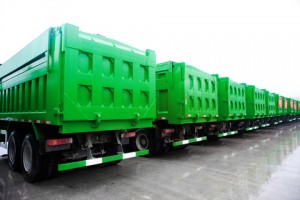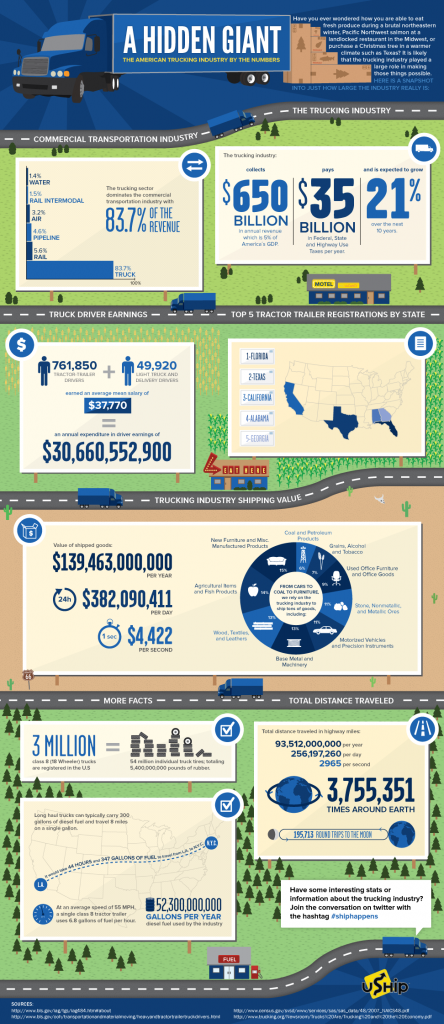 According to a recent survey from GE Capital Fleet Services, driver safety surpassed cost-saving goals as the top concern among fleet managers. More than a third of U.S fleet managers cited this as their primary concern. However, this article did not go into detail of how to improve fleet or driver safety, or what these fleet managers are doing to address their top concern. We’re here to change that and to help managed fleets and their directors improve. Here are three effective ways you can improve the safety of your managed fleet:
According to a recent survey from GE Capital Fleet Services, driver safety surpassed cost-saving goals as the top concern among fleet managers. More than a third of U.S fleet managers cited this as their primary concern. However, this article did not go into detail of how to improve fleet or driver safety, or what these fleet managers are doing to address their top concern. We’re here to change that and to help managed fleets and their directors improve. Here are three effective ways you can improve the safety of your managed fleet:
Driver Training and Management, Particularly Young Drivers
To improve fleet safety, you not only need to train your drivers and encourage best practices, but you also need to recognize the unique risks and challenges that young drivers pose, especially inexperience. With managed fleets, young drivers may sometimes be driving vehicles that they don’t have a lot of experience handling, even if they may have a clean driving record and the right certifications. Worldwide, traffic fatalities are the leading cause of death for 15-24 year-olds, but a survey from the United Kingdom found that almost a quarter (23%) of respondents did not know what proportion of their vehicle collisions involved a young driver. What makes this statistic more troubling is that young drivers are 26% more likely to get into a crash than their older counterparts. Managed fleets that do not record and maintain this information are unable to assess and mitigate their risk.
Review/Implement a Driver Policy Checklist
The GE survey found that the number one concern is specifically driver safety, not just fleet safety. This means that improving driver and fleet safety isn’t just training and tracking risk, but ensuring that your drivers can always know what the policy is. That’s where a driver policy checklist can come in. Your driver policy can contain information on cell phone usage, traffic violations, safety guidelines, revocation of company car privileges etc. It’s meant to be a go-to source for all information relating to their use of a company vehicle, including ordering and maintenance. So that a driver policy is most effective, it needs to be somewhere readily available, such as in every vehicle and/or posted in the office. If you already have a driver policy in place, then it would be a good idea to review it and to make it more readily available for your drivers to refresh their memory.
GPS Fleet Tracking Technology
It’s tough to move in the right direction when you don’t have the data to indicate which direction is the right one. With GPS fleet tracking technology, you have the capability to do more than just know where your vehicles are located. You’re able to learn the driving habits of your employees, track who has a tendency to speed and who exhibits aggressive driving behavior. This information helps you to know which driving behaviors to target and what kind of safe driving policy you need to uphold. This not only mitigates risk, but it also educates drivers on these habits and protects them from non-commercial drivers who aren’t driving safe. Having the data and having the policies could also protect you and your managed fleet in case of an accident or a customer complaint.
Improving fleet safety is a matter of driver education, vehicle maintenance, and utilizing technology for data on what needs to be done. Improving fleet safety effectively involves knowing the loopholes in your managed fleet in your organization and taking action on those loopholes.
Related Links:
The Trucking Industry By the Numbers
Managed Fleets and Ending America’s Dependence on Foreign Oil
6 Reasons Why Nitrogen Tire Inflation is Great for Managed Fleets






